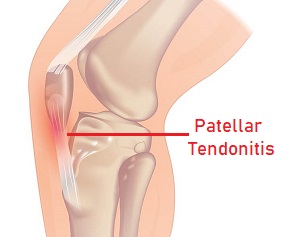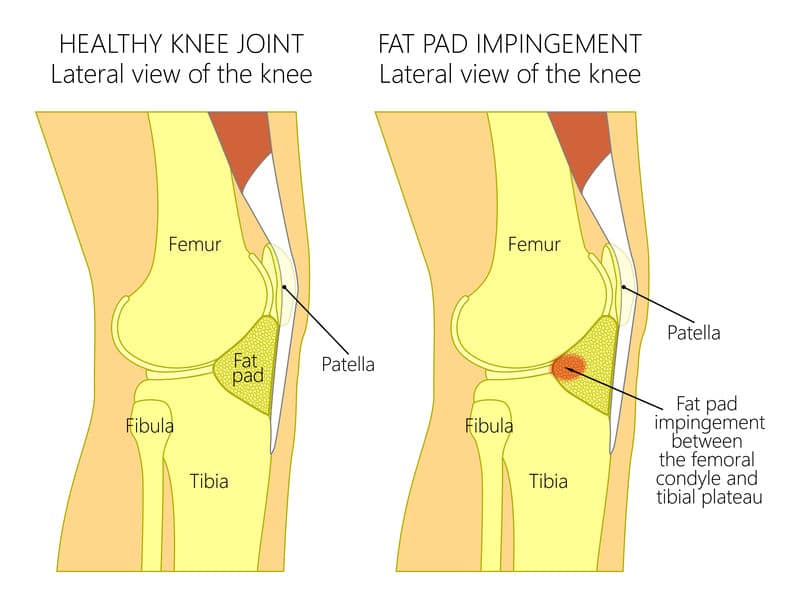

Usually after a few seconds of wiggling the knee around, the cartilage moves slightly and once the fragment is no longer stuck, the pain subsides and the knee moves freely. When a loose portion of cartilage gets stuck in the joint, it typically causes a sharp pain and often results in locking, where the knee joint gets stuck and you can't move your leg. This flap can move around slightly and occasionally gets stuck in the joint
When i get on my knees sharp stabbing pain on outer right side of knee how to#
We then look more in-depth at how to treat these different causes of sharp pain in the knee. Here we will look at the common causes of sharp knee pain, how they present and how to work out what is going on in your knee. Nerve Irritation: nerve gets squashed or irritated.Loose Body: bone fragment floating in the joint.Knee Bursitis: inflammation of anti-friction sac.Torn Knee Cartilage: the special cushioning the lines the knee joint.The most common causes of sharp knee pain are: If it accompanied by a shooting pain that travels down the leg, that usually indicates a neural problem either at the knee itself, or in the lower back. When the sharp pain is confined to the knee joint, it usually indicates a problem in the knee joint itself such as a soft tissue injury or inflammation of the joint. In some cases the sharp pain in and around the knee will persist, but often it either settles completely, or eases leaving behind a residual, ongoing ache or throbbing type pain. Sharp knee pain is often fairly short lived, coming on suddenly with a particular movement and then easing quickly when you stop the aggravating activity. Sharp pain can also occur when there is damage to the soft tissues in and around the knee.

It usually indicates a problem in one of the knee bones, or the surrounding neural structures. Sharp knee pain can be extremely unpleasant, often stopping people in their tracks.


 0 kommentar(er)
0 kommentar(er)
